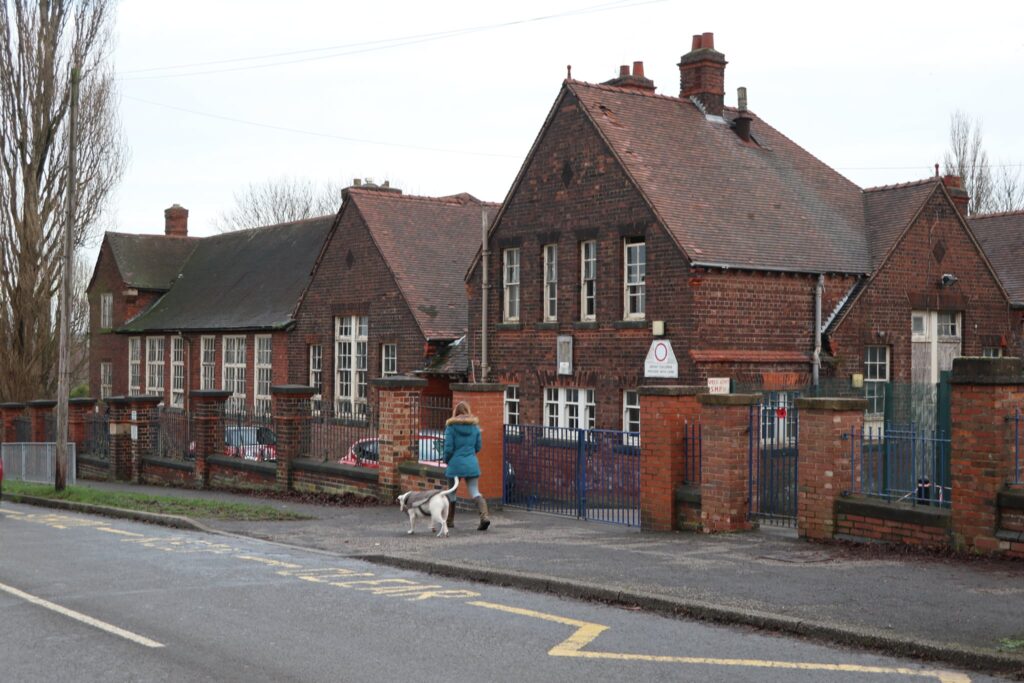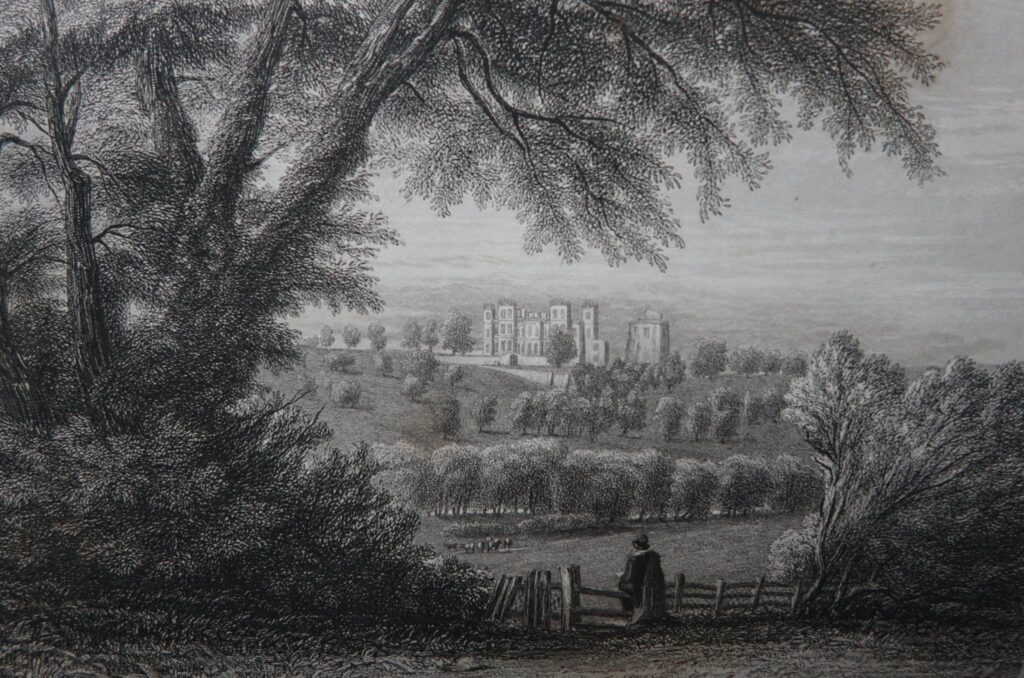New Bolsover and Newcastle’s famous department store

There’s a tenuous link between New Bolsover and a famous department store.
It was Emerson Muschamp Bainbridge, (1845-1911) at whose behest New Bolsover model village was constructed for the Bolsover Colliery Company, in the 1890s. As managing director of the company, he tried to ensure that his worker’s conditions were improved with such developments as New Bolsover and later Creswell. His Father, also Emerson Muschamp (1817-1892), created and owned the famous Bainbridge department store in Newcastle-Upon-Tyne, credited with being the first such store of its kind. It’s still open, though not on its original site and is now part of the John Lewis Partnership.

Bainbridge junior must have taken note of his father’s actions towards his employees. Just as in New Bolsover; at Newcastle, Bainbridge senior improved the conditions of his employees. Though conditions were harsh, many of the staff lived in a well-furnished hostel nearby. The picture here is taken from The Black and White Parliamentary Album of 1895 – when our Emmerson M Bainbridge (junior) was MP for Gainsborough. (Source: https://ia800305.us.archive.org/34/items/blackwhiteparli00compgoog/blackwhiteparli00compgoog.pdf) Find a more in our ‘snippets’ article.
New Bolsover and Newcastle’s famous department store Read More »










